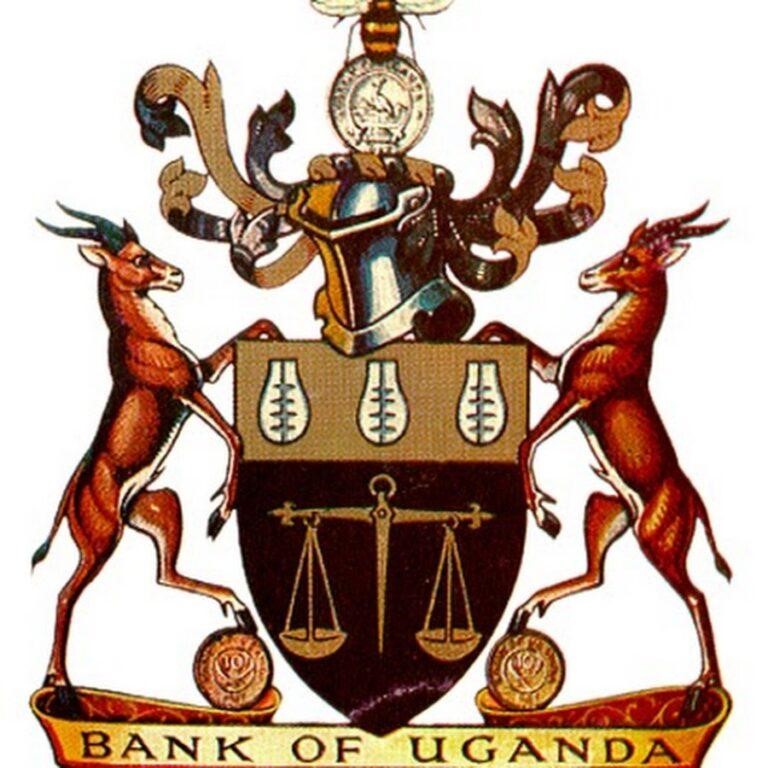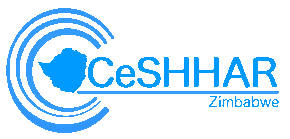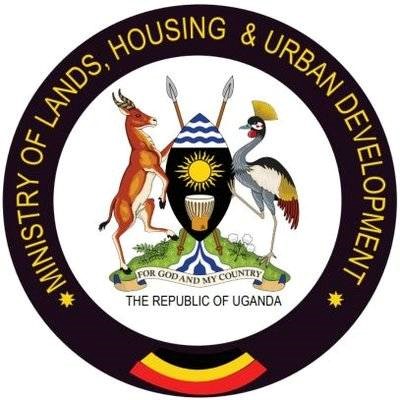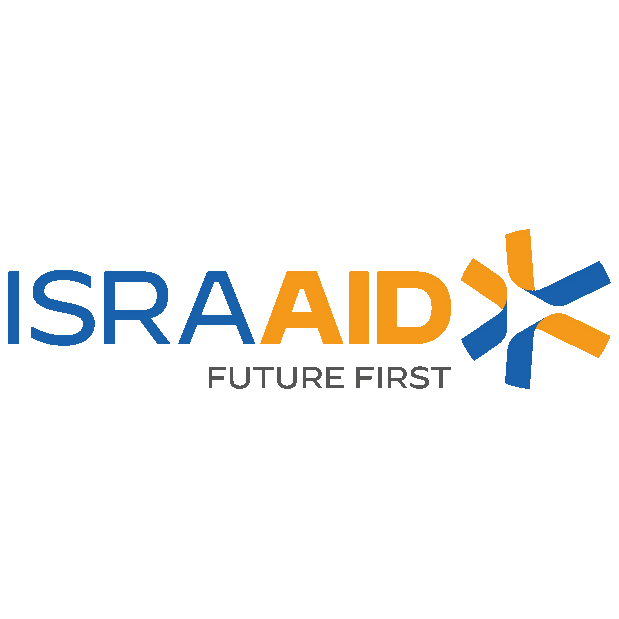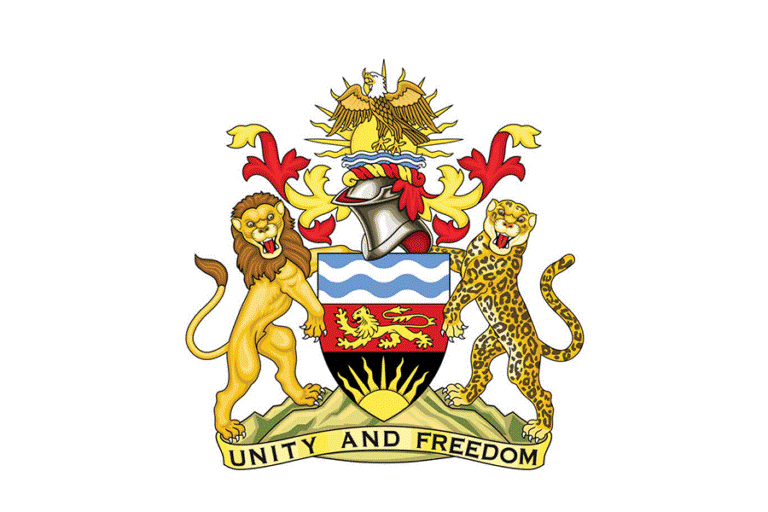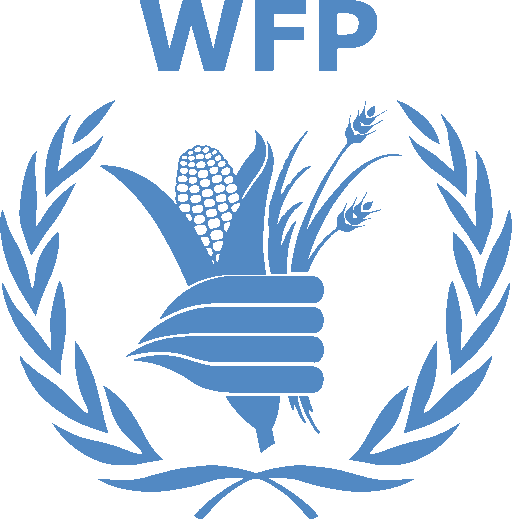Gis and Remote Sensing in Conservancy and Wildlife Management
INTRODUCTION
Geographic Information Systems (GIS) and Remote Sensing have become critical tools in conservancy and wildlife management, enabling organizations and governments to monitor ecosystems, track wildlife populations, and make informed decisions about conservation efforts. This course introduces participants to the application of GIS and remote sensing technologies in managing protected areas, conserving biodiversity, and addressing environmental challenges such as habitat loss and climate change.
Through this course, participants will gain knowledge of how to use spatial data to monitor wildlife movements, manage natural resources, and assess the impact of conservation interventions. They will learn to leverage satellite imagery, GPS tracking, and GIS analysis to enhance the effectiveness of wildlife protection and ecosystem management programs.
DURATION
5 Days
TARGET AUDIENCE
This course targets individuals working with wildlife especially the vets, tour guides, rangers, and all persons interested in learning about how to use GPS on wildlife.
OBJECTIVES
At the end of this course, the participant will be able to:
- Understand the Role of GIS and Remote Sensing in Conservancy and Wildlife Management:
- Provide a foundational understanding of GIS and remote sensing technologies.
- Highlight the significance of spatial data in managing wildlife populations, ecosystems, and conservancies.
- Collect and Analyze Spatial Data for Wildlife Conservation:
- Equip participants with skills to gather spatial data using remote sensing tools such as satellites, drones, and GPS tracking.
- Introduce methods for processing and analyzing spatial data to monitor wildlife distribution, habitat use, and ecological changes.
- Monitor Wildlife Movements and Habitats:
- Teach participants how to use GIS and remote sensing to track wildlife migration patterns, monitor animal movements, and map critical habitats.
- Explore techniques for habitat suitability analysis and modeling to support conservation planning.
- Apply Remote Sensing to Ecosystem Monitoring:
- Train participants to use satellite imagery and aerial data for monitoring ecosystems, detecting changes in land use, and assessing habitat degradation.
- Teach participants to use vegetation indices (e.g., NDVI) to assess habitat health and biodiversity.
- Support Decision-Making in Conservation Efforts:
- Demonstrate how GIS can enhance decision-making by providing insights into the spatial distribution of wildlife and conservation resources.
- Discuss how remote sensing data can be used to inform policy-making, resource allocation, and protected area management.
- Assess the Impact of Conservation Interventions:
- Equip participants with tools to evaluate the effectiveness of conservation interventions, such as anti-poaching efforts, habitat restoration, and wildlife corridor creation.
- Introduce methodologies for measuring changes in biodiversity, wildlife populations, and habitat conditions over time.
- Address Conservation Challenges Using GIS and Remote Sensing:
- Explore how spatial technologies can help tackle challenges such as poaching, human-wildlife conflicts, and climate change.
- Demonstrate the role of GIS in identifying and mitigating the impacts of habitat fragmentation and encroachment.
- Design Conservation Strategies Using Spatial Data:
- Guide participants through the process of developing conservation strategies using GIS-based spatial analysis and modeling.
- Introduce tools for prioritizing areas for protection, restoring degraded habitats, and creating wildlife corridors.
- Communicate Conservation Outcomes with GIS:
- Train participants to create visual tools such as maps, reports, and spatial dashboards to communicate conservation results to stakeholders.
- Show how GIS-generated maps and reports can be used for advocacy, fundraising, and raising awareness about wildlife conservation efforts.
- Engage Communities in Conservation Efforts:
- Teach participants how to use GIS and participatory mapping to involve local communities in wildlife management and conservation planning.
- Explore methods for integrating indigenous knowledge with spatial technologies to support sustainable conservation efforts.
COURSE OUTLINE
- Module 1: Introduction to GIS and Remote Sensing in Conservation
- Overview of GIS and Remote Sensing:
- Introduction to GIS and Remote Sensing technologies.
- Historical context and evolution of spatial technologies in wildlife and ecosystem management.
- Applications of GIS and Remote Sensing in Conservation:
- Case studies on how GIS and remote sensing are applied in wildlife monitoring, habitat conservation, and protected area management.
- Key benefits of using spatial data for effective conservation.
- Understanding Spatial Data:
- Types of spatial data (vector and raster).
- Data formats and sources (satellite imagery, GPS data, aerial photography).
- Module 2: Spatial Data Collection for Wildlife and Ecosystem Monitoring
- Remote Sensing for Data Collection:
- Introduction to remote sensing platforms: Satellites, drones, and aerial surveys.
- Understanding spectral bands and vegetation indices (e.g., NDVI) for ecosystem monitoring.
- Field Data Collection with GPS:
- Introduction to GPS devices for tracking wildlife and mapping conservation areas.
- Collecting spatial data for wildlife movements, habitat use, and human-wildlife conflict zones.
- Integrating Data from Different Sources:
- Combining remote sensing data with ground-based GPS data for comprehensive analysis.
- Introduction to mobile data collection tools (e.g., KoboToolbox, Survey123) for wildlife surveys.
- Module 3: GIS for Wildlife Movement Tracking and Monitoring
- Animal Tracking and GPS Collars:
- Using GIS to track animal movement patterns and migration routes.
- Analysis of GPS collar data to monitor wildlife behavior and habitat use.
- Home Range Analysis and Habitat Use:
- Methods for calculating animal home ranges using GIS.
- Habitat suitability analysis and identifying critical habitats.
- Monitoring Migration Corridors and Wildlife Crossings:
- Mapping and maintaining wildlife migration corridors.
- Identifying and mitigating barriers to animal movement, such as roads and fences.
- Module 4: Remote Sensing for Ecosystem and Habitat Monitoring
- Using Satellite Imagery for Habitat Analysis:
- Introduction to satellite imagery sources (e.g., Landsat, Sentinel) for monitoring ecosystems.
- Detecting habitat degradation, deforestation, and land cover changes with remote sensing data.
- Vegetation Indices for Habitat Health:
- Using the Normalized Difference Vegetation Index (NDVI) to assess habitat health and biodiversity.
- Analyzing changes in vegetation cover over time to identify areas at risk.
- Monitoring Protected Areas with Remote Sensing:
- Remote sensing applications in the management of national parks, reserves, and conservancies.
- Assessing the effectiveness of conservation efforts using temporal satellite data.
- Module 5: Conservation Planning and Protected Area Management
- GIS for Conservation Area Zoning:
- Using GIS for spatial planning of protected areas and wildlife reserves.
- Zoning and mapping areas based on ecological sensitivity and wildlife presence.
- Designing Wildlife Corridors and Connectivity Planning:
- Identifying and designing wildlife corridors using GIS analysis.
- Ensuring habitat connectivity to support genetic diversity and species migration.
- GIS for Protected Area Management:
- Using GIS to monitor land use within protected areas and surrounding buffer zones.
- Applying GIS for ranger patrol management and anti-poaching activities.
- Module 6: Assessing Conservation Interventions and Outcomes
- Monitoring the Impact of Conservation Interventions:
- Using GIS to assess the effectiveness of conservation programs (e.g., anti-poaching, habitat restoration).
- Measuring biodiversity and species richness through spatial analysis.
- Evaluating Conservation Success with Remote Sensing:
- Monitoring changes in habitat conditions after conservation interventions using satellite data.
- Analyzing long-term trends in wildlife populations and habitat quality.
- Spatial Analysis for Climate Change Impact on Wildlife:
- Assessing the effects of climate change on wildlife habitats using GIS.
- Identifying areas vulnerable to climate-induced habitat loss and species migration shifts.
- Module 7: Addressing Conservation Challenges Using GIS and Remote Sensing
- Mitigating Human-Wildlife Conflicts with GIS:
- Using GIS to map conflict zones between humans and wildlife (e.g., crop raiding, livestock predation).
- Designing intervention strategies based on spatial data analysis.
- Anti-Poaching Strategies with GIS:
- Applying GIS to monitor poaching activities and ranger patrols in protected areas.
- Mapping poaching hotspots and optimizing resource allocation for anti-poaching efforts.
- Habitat Fragmentation and Land Use Change:
- Using remote sensing to identify and monitor habitat fragmentation caused by urbanization, agriculture, and infrastructure development.
- Mitigating the effects of land use changes on wildlife populations and ecosystems.
- Module 8: Advanced GIS and Remote Sensing Techniques in Conservation
- Advanced Remote Sensing:
- Introduction to advanced remote sensing techniques (e.g., LiDAR, hyperspectral imaging) for habitat analysis.
- Using high-resolution imagery for detailed ecosystem assessments.
- Spatial Modeling for Conservation:
- Predictive modeling of wildlife population dynamics and habitat suitability using GIS.
- Applying spatial statistics for conservation decision-making.
- Machine Learning and AI in Wildlife Monitoring:
- Introduction to machine learning algorithms for analyzing large remote sensing datasets.
- Automating wildlife detection and population estimation using AI and satellite imagery.
- Module 9: GIS for Real-Time Wildlife Monitoring and Conservation
- Real-Time Tracking and Monitoring:
- Implementing real-time wildlife monitoring using GPS collars and IoT (Internet of Things) sensors.
- Integrating real-time data into GIS dashboards for responsive conservation management.
- Early Warning Systems for Conservation Threats:
- Using GIS to set up early warning systems for habitat destruction and poaching.
- Leveraging real-time data for rapid intervention in crisis situations.
- GIS for Disaster Response in Wildlife Conservation:
- Using GIS to assess the impact of natural disasters (e.g., fires, floods) on wildlife habitats.
- Planning post-disaster recovery efforts for ecosystems and wildlife populations.
- Module 10: Communicating Conservation Outcomes Using GIS
- Creating Maps and Visual Tools for Conservation Reporting:
- Designing clear and effective maps to communicate conservation outcomes.
- Customizing map layouts, legends, and symbology for stakeholder reports.
- Spatial Dashboards and Interactive Maps:
- Developing GIS-based dashboards for real-time monitoring and reporting.
- Creating interactive maps to engage the public, donors, and policymakers in conservation efforts.
- Communicating Results to Stakeholders:
- Using GIS-generated maps and reports for advocacy, policy influence, and fundraising.
- Storytelling with GIS: Communicating complex spatial data in accessible formats.
- Module 11: Ethics, Data Security, and Challenges in GIS for Conservation
- Ethical Considerations in Wildlife Monitoring:
- Addressing ethical concerns related to tracking wildlife and collecting sensitive spatial data.
- Ensuring community engagement and respect for indigenous knowledge in conservation efforts.
- Data Security and Privacy:
- Protecting sensitive data related to conservation areas and wildlife populations.
- Implementing best practices for securing spatial data and preventing misuse.
- Challenges in Applying GIS and Remote Sensing to Conservation:
- Overcoming technical challenges in working with remote areas, limited resources, and data quality issues.
- Strategies for working with incomplete or inaccurate spatial data in conservation programs.
CERTIFICATION
- Upon successful completion of this training, participants will be issued with Macskills Training and Development Institute Certificate
TRAINING VENUE
- Training will be held at Macskills Training Centre. We also tailor make the training upon request at different locations across the world.
AIRPORT PICK UP AND ACCOMMODATION
- Airport pick up and accommodation is arranged upon request
TERMS OF PAYMENT
- Payment should be made to Macskills Development Institute bank account before the start of the training and receipts sent to info@macskillsdevelopment.com
Gis And Remote Sensing In Conservancy And Wildlife Management in Kenya
| Dates | Fees | Location | Action |
|---|---|---|---|
| 20/10/2025 - 24/10/2025 | $1,500 | Mombasa |
|
| 27/10/2025 - 31/10/2025 | $1,250 | Nairobi |
|
| 10/11/2025 - 14/11/2025 | $4,000 | Johannesburg |
|
| 17/11/2025 - 21/11/2025 | $1,500 | Mombasa |
|
| 24/11/2025 - 28/11/2025 | $1,250 | Nairobi |
|
| 01/12/2025 - 05/12/2025 | $4,950 | Dubai |
|
| 08/12/2025 - 12/12/2025 | $1,500 | Mombasa |
|
| 15/12/2025 - 19/12/2025 | $1,250 | Nairobi |
|

